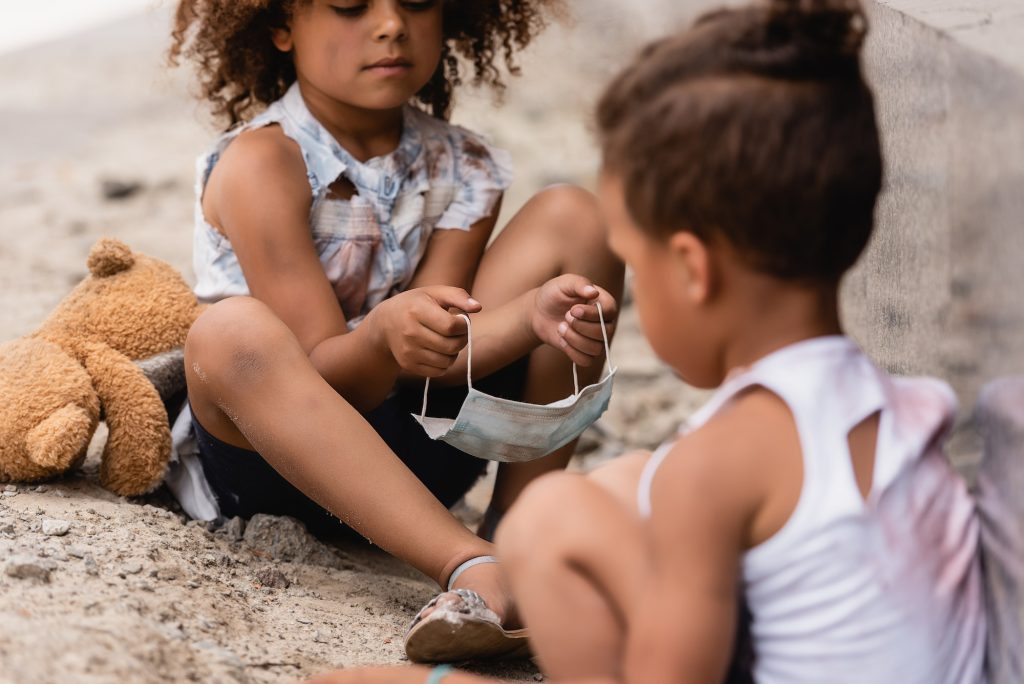Like countries around the world, Senegal will celebrate International Women’s Rights Day tomorrow, Monday March 8, 2021.
This day, which is an important step in evaluating the different policies and strategies for popularizing, promoting and truly enjoying women’s rights, makes it possible to measure achievements in terms of the rights of women and girls but also to identify the real challenges that activists face in achieving the expected objectives.
The Inter-African Network for Women, Media, Gender and Development – NGO FAMEDEV takes this opportunity to share the provisional results of the latest Global Media Monitoring Project – GMMP 2020 which took place simultaneously in 120 countries around the world, in order to show that not only do the media in Senegal still remain male-dominated but also to allow civil society actors and other financial and technical partners to be able to carry out advocacy based on evidence in terms of representation and representativeness of genders in the media.
Glass ceilings appear to be setting in on some important indicators of gender equality in news media, while others are climbing. The past five years have seen small, incremental shifts toward parity in topics and sources (who appears in the news), particularly in broadcast news, at the same time the pace of change remains glacial. There has been significant progress towards parity in the proportion of stories reported by women and those reported by men on television, currently 48% of television news is reported by women.
Television reports reported by female journalists
| Year | 2000 | 2005 | 2010 | 2015 | 2020 | 2000-2020 |
| Percentage | 36 | 42 | 44 | 38 | 48 | +12 |
The gender gap as reporters in pandemic-related news appears to be narrower than in non-pandemic-related news; 43% of news related to Covid-19 is reported by women compared to 40% of non-Covid articles.
A Shocking Gender Disparity in Media Content on Radio and Television
Only 27% of people who appear in media content on television are women compared to 73% men. These same trends are observed on the radio with a representation of women in the reports, estimated at 31% compared to 69% for men.
As for gender representation, news reporting on the pandemic appears to increase the space for women interviewed as eyewitnesses and spokespersons. The gender gap for sources interviewed as spokespersons is 10 points, compared to the performance of this role in the 2015 monitoring (pre-Covid19).
| Function in the report | % Women | % Men |
| Expert | 21 | 79 |
| Subject | 26 | 74 |
| Spokesperson | 27 | 73 |
| Popular opinion | 34 | 66 |
| Personal experience | 38 | 62 |
| Eye-witness | 48 | 52 |
In view of the above, it clearly appears that the activities carried out by women, as important as they are, are little visible in the media. Less than a third (-1/3) of women are visible in media content, which reveals a low representation of this segment of the population.
When they are cited in reports, it is mainly as an eyewitness and not as an expert or news subject which would strictly give more value to their occupation.
Faced with this shocking absence of women in the media and the devaluation of their role, the NGO FAMEDEV intends to implement in Senegal, with the financial support of the Word Association Christian Communication based in Toronto, an advocacy and strengthening project. capacities of media professionals to establish a gender equality charter in the media in partnership with state authorities.









